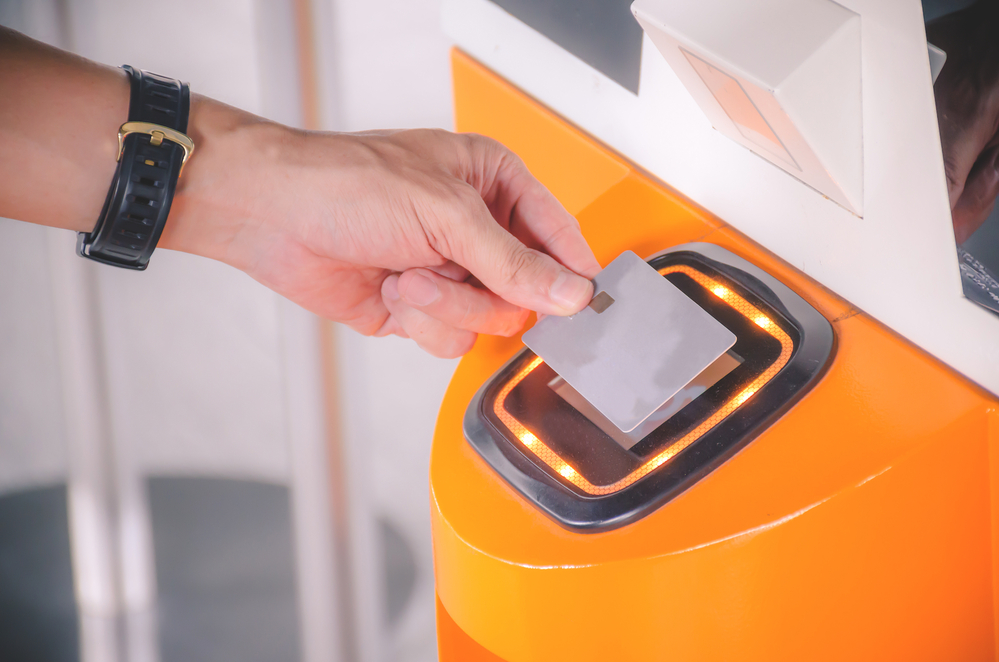
The modern student is submerged in an increasingly digital world. For universities, this often means walking a fine line between older payments capabilities and digital-first student expectations.
Many students are familiar with (and prefer) cash apps, P2P payments, and other mobile-first payments methods. Yet many universities are struggling to maintain pace with emerging preferences and omnichannel payments. That said, some are going ahead with initiatives to transform university payments from cash-based to digital-first.
We’ll look at some of the top reasons universities go cashless — and how to do it efficiently.
Why “Cashless” Must Be a Priority
Today’s students are rarely experienced in check-writing, but they have probably used at least a half-dozen payments apps on their mobile device. As the world around us moves closer to a cashless society, universities must consider the impacts on their own business units. Some of the most compelling reasons to consider a move to cashless include:
Cost reduction — Payment processing is a time-consuming and costly task. Cashless systems can reduce costs by streamlining processes, reducing money handling, eliminating paper trails and storage, and reducing human error.
Convenience — In a fast-paced digital world, convenient payment systems are a necessity. Students can pay tuition fees from their smartphones, reducing waiting time and delays.
Better coordination —When universities implement cashless systems, an inherent side effect is better reporting. Better reporting leads to better communication and coordination among campuses and departments — and with students.
Ease of use — Since cashless systems play well with mobile devices, they can simplify payments for both the university and its students and staff. Users can use one mobile device to pay tuition, books, meals, parking, library access, and more.
Broader use — Cashless systems can increase the functionality of payment cards or devices. Businesses close to campus, like book or appliance stores, can accept the same payment system a university uses.
How Can Universities Roll Out Cashless Payments?
As students and staff seek more options to make payments, universities need to set up and run cashless systems. Here are ways a university can implement cashless payments.
1. One-Card System
Students and staff juggle access to and payments for various services and facilities. Linking access and payments to a singular card can streamline payment and access and reduce administration costs.
2. Mobile Apps
Mobile payment apps are at the forefront of cashless payment systems. Specialized fintech companies may offer customizable mobile apps suited to a specific university. A mobile payment app allows inclusivity, student-centricity, decrease fraud, and third-party integration.
3. Rewards & Promotions
Universities can increase the adoption of cashless payments by adding rewards or promotions when using the payment system. Students could receive discounts or points towards another purchase, such as free tickets to university events.
4. QR Codes
QR (Quick Response) codes are a crucial feature in cashless payment systems. QR codes allow for fast payments, and universities can generate their codes for specific services.
5. Payment Portals
Payment portals can eliminate paper and promote better communication and engagement among the university and its students. What’s more, it reduces costs associated with paper checks, mail, and manual deposits.
Keeping up with evolving student expectations is a tall order. As colleges and universities more closer to a cashless reality, many are looking for help. Arrow Payments specializes in helping higher education institutions leap cashless payments. Tap into our deep knowledge of payments technology, security, and compliance in higher education by contacting us today.




